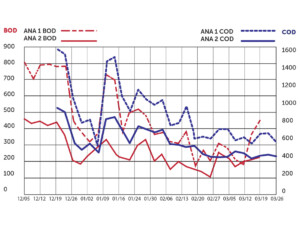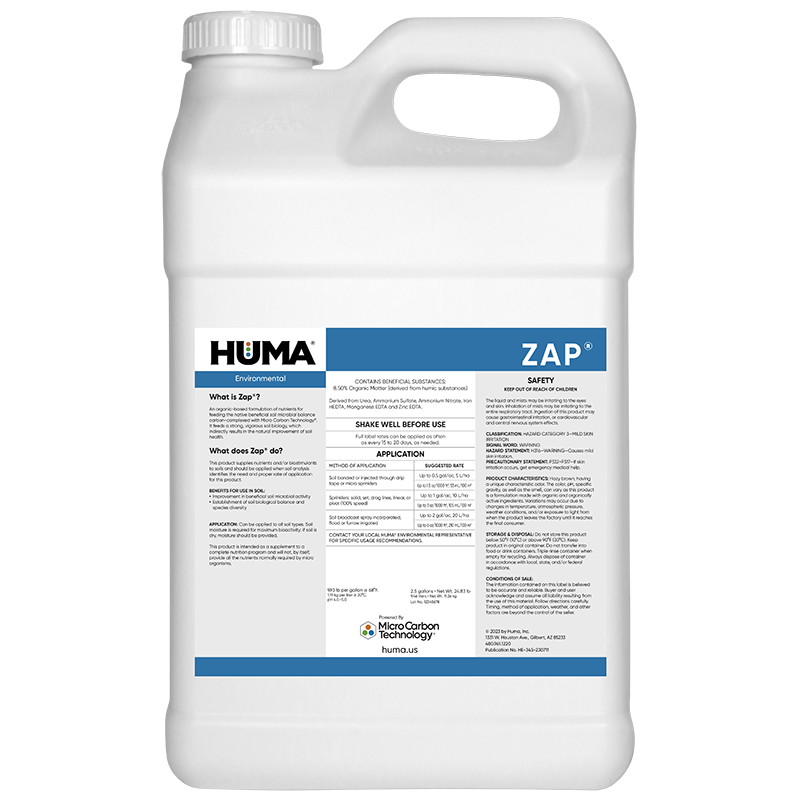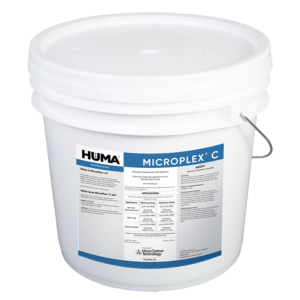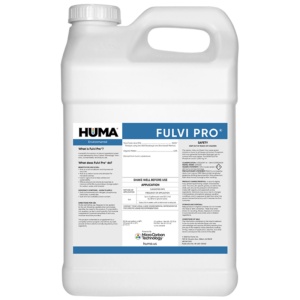FAQs
Related Videos
Huma Gro Fumigation Replacement Program for Strawberry Growers
This case study conducted by Pacific Ag Research in Arroyo Grande, Calif. on Portola Strawberries shows that using Huma Gro biopesticide and fertilizers without additional soil fumigation leads to a much higher strawberry yield.
Learn More
All Things Strawberry (Part 2): The Huma Gro Farmer podcast (video)
In Episode 2 of The Huma Gro Farmer podcast, we discuss All Things Strawberry (Part 2) from bud initiation to post-harvest with our strawberry experts: Huma Gro Senior Director of U.S. Domestic Sales Doug Greer,
Learn More
All Things Strawberry (Part 1): The Huma Gro Farmer podcast (video)
In Episode 1, we discuss All Things Strawberry from pre-plant to transplant with our strawberry experts: Huma Gro Senior Director of U.S. Domestic Sales Doug Greer, Eastern Sales Manager and Agronomist Barrett Smith, Florida Regional
Learn More
Related Products
Related Case Studies

Bio Energizer® Reduces Sludge at Small Municipal Facility
Problem A small town in Utah (pop. 1,800) had a municipal wastewater system with a flow rate of 192,000 gallons per day. The system included a series of four lagoons that tapered to a depth of 6 feet, although at this time only Ponds 1 and 2 were being evaluated for treatment as they were

Super Phos® Lowers Papermill Operating Costs in China
Problem The existing wastewater treatment system uses 600 kg/day of diammonium phosphate (DAP) to provide the needed phosphorus concentration to maintain a healthy microbial population to treat wastewater. These microorganisms break down the organic matter being discharged from the paper processing facility. Without the correct concentration of available phosphorus, the microorganisms are unable to grow

Bio Genesis® Reduces Foam and Increases Stability at Idaho Municipal Wastewater Treatment Facility
Problem A municipal wastewater treatment facility in Idaho uses a small, activated sludge system to treat 35,000 gallons per day (gpd); waste activated sludge (WAS) is removed from the system approximately every 2 to 3 weeks. The system frequently experienced intermittent foaming and settling issues, as well as seasonal impact from grease relating to the
Related Blog Posts

Does Eutrophication cause Algae Blooms?
Eutrophication is the structural change of water ecosystems that is caused by excess nutrients. Eutrophication results in algal blooms and poor water quality. By Jael Batty In this article, we discuss what causes eutrophication, how it affects the environment, and how it is treated.

Bio Energizer® Reduces Cost and Turbidity in Paperboard Lagoons
A paper mill wastewater facility was treating 940 tons of paper bags, recycled linerboard, and corrugating medium, daily. The mill was interested in improving wastewater operating efficiency and lowering operating expenses over their standard polymer usage. The plant was experiencing filamentous bacteria, solids, and bulking issues in the final clarifier. It was discharging 4,000 pounds

The Impact of Commonly Abused and Illicit Drugs in Wastewater Treatment
By Heather Jennings, PE, Senior Project Engineer for Probiotic Solutions® I was attending a wastewater conference and overheard an operator talking about how a drug bust turned his lagoon orange and almost put him out of compliance with his permit. At another location, I was told that the city I was visiting had been hit by






